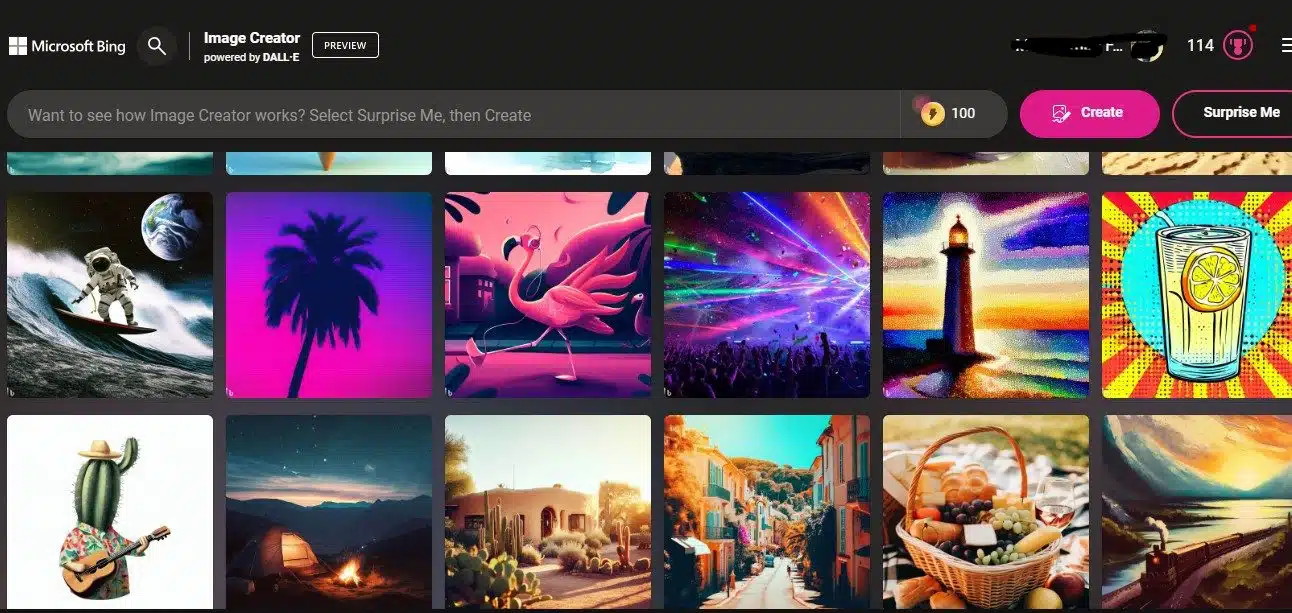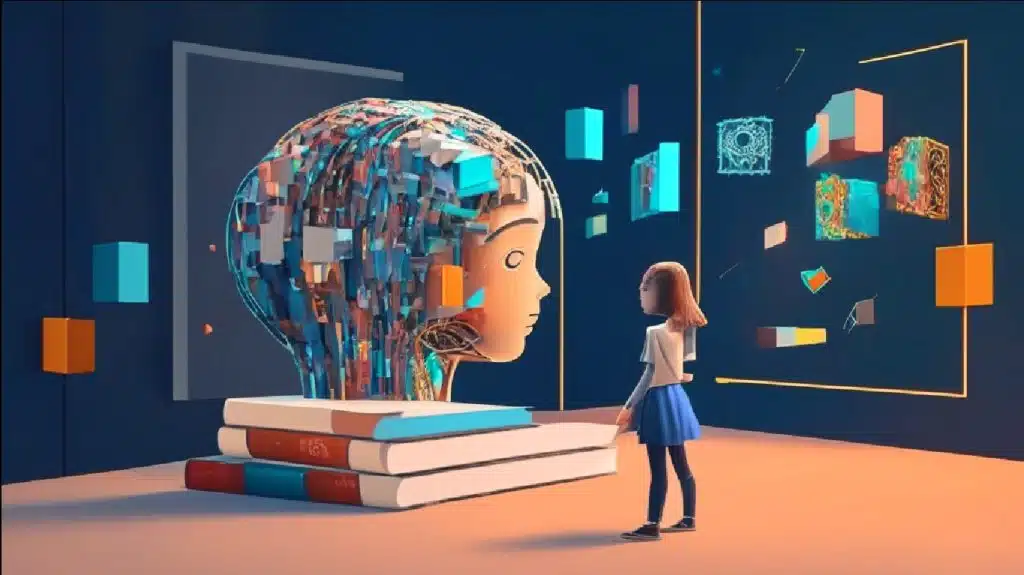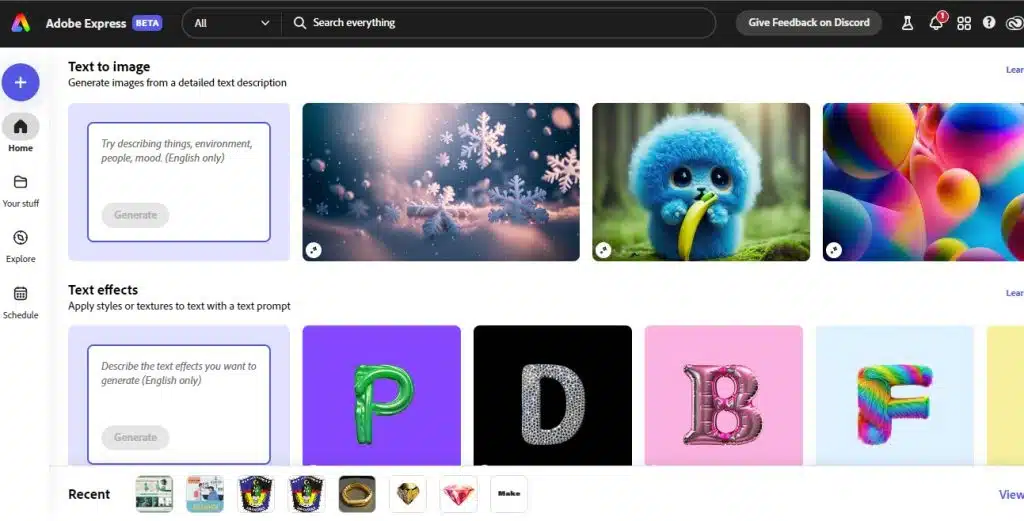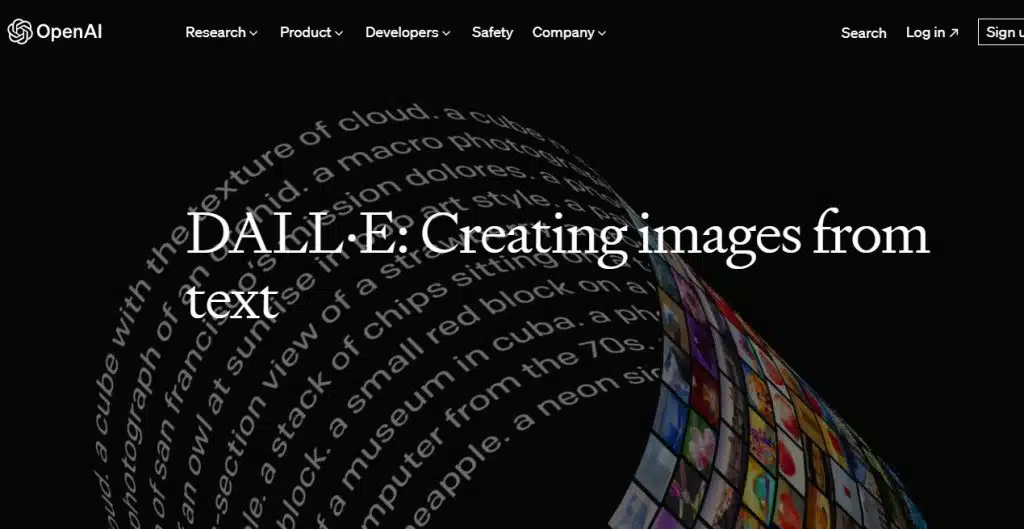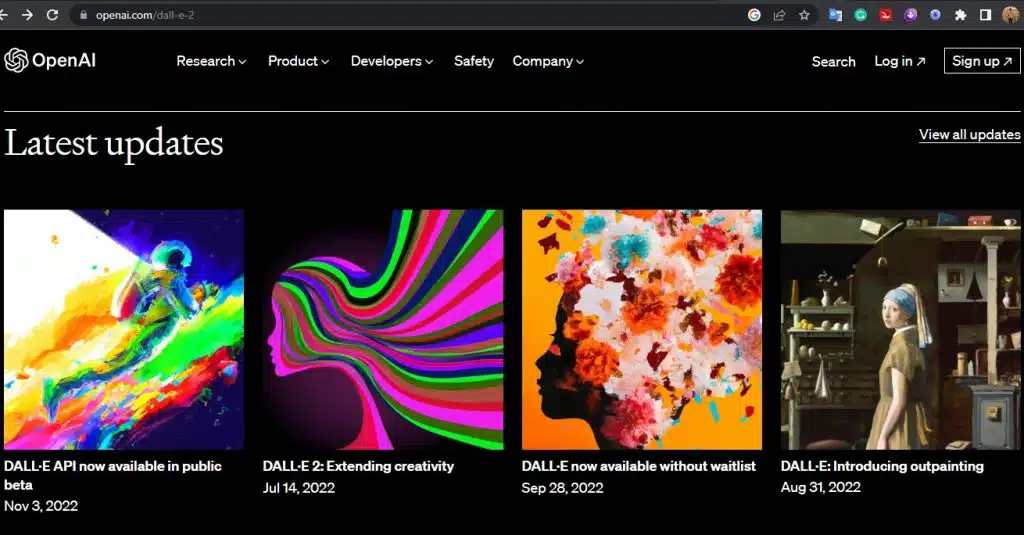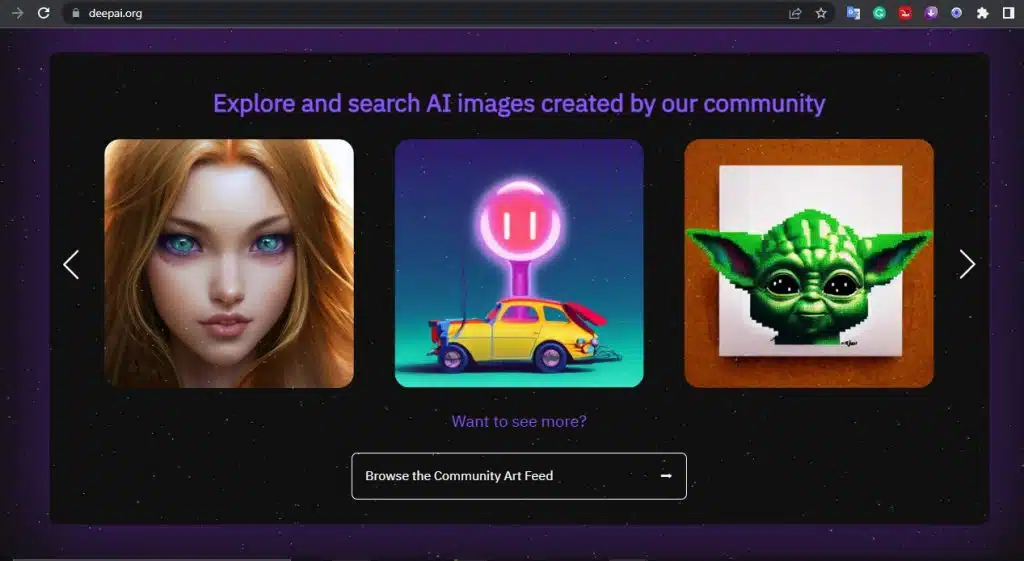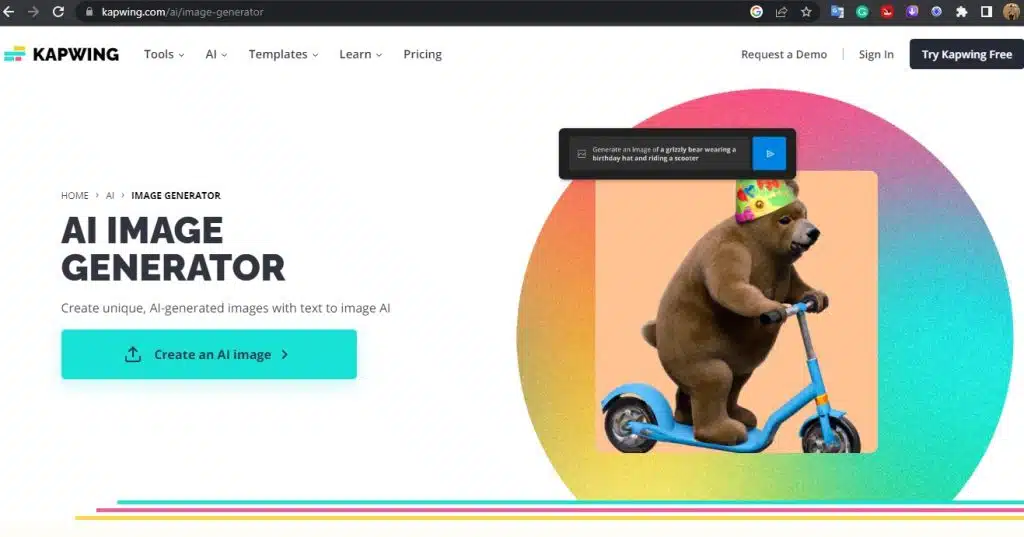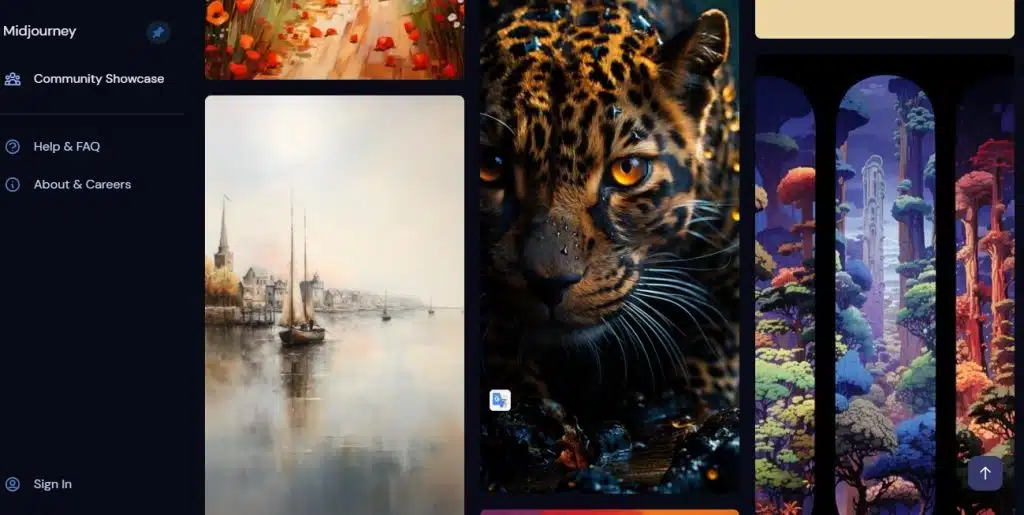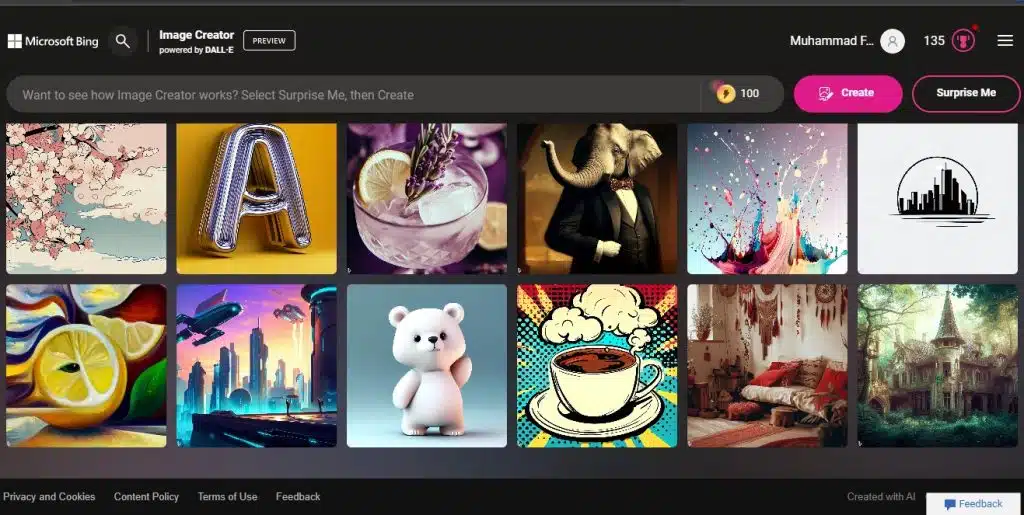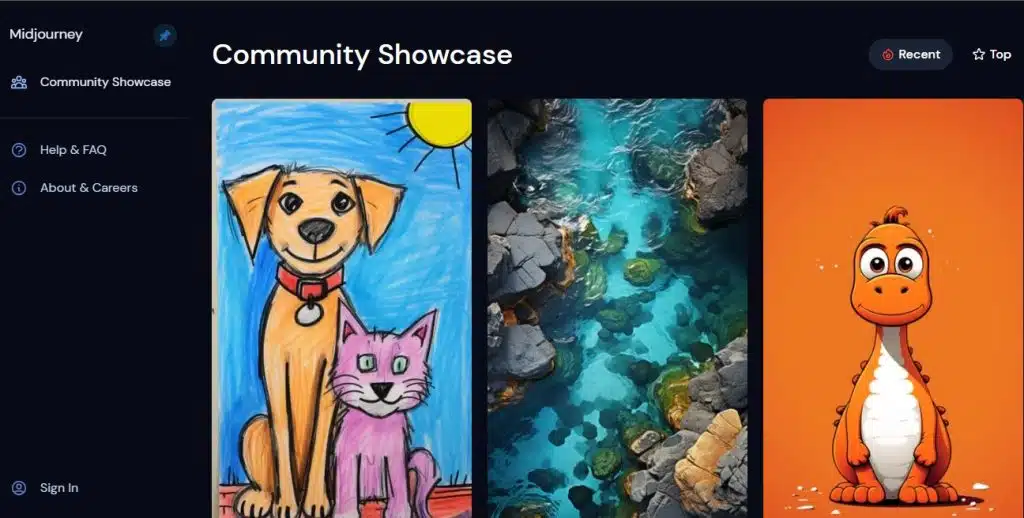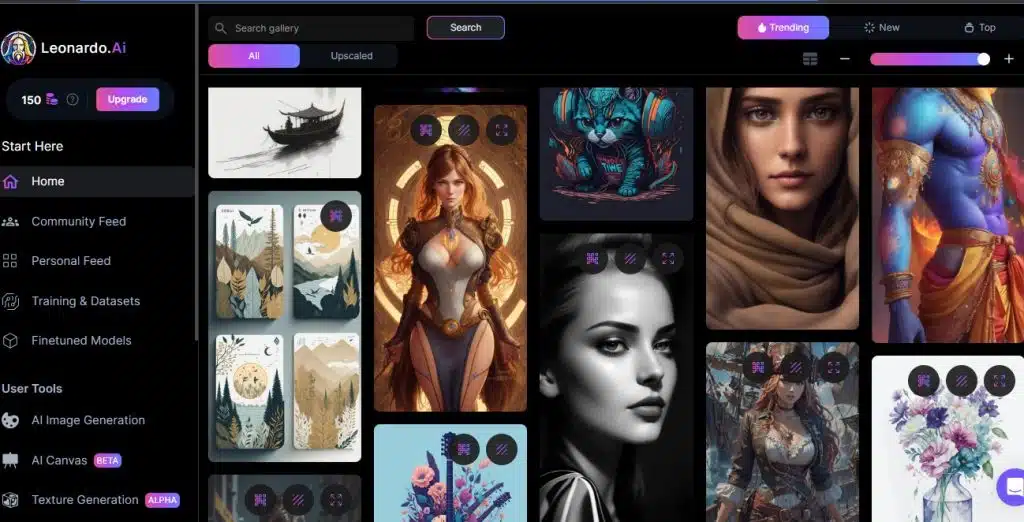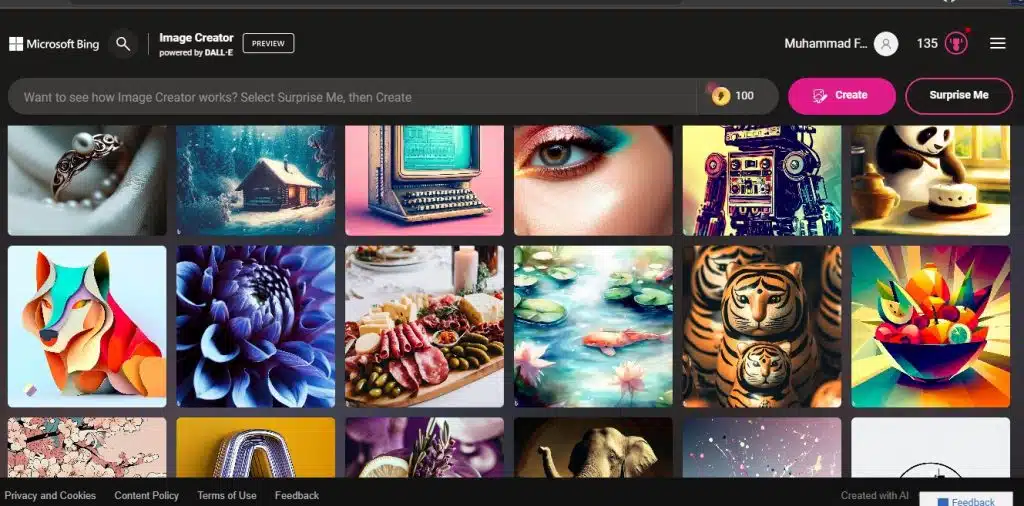The Future of AI Image Generation: Opportunities and Risks – Exploring the Path Ahead: The Future of AI Image Generation and Its Opportunities and Risks. AI image generation is a cutting-edge technology that utilizes advanced deep learning models to synthesize realistic and imaginative visuals based on natural language descriptions or other inputs. Its applications span a wide range of fields, including art, design, entertainment, education, and more.
In this article, we will delve into the future of AI image generation, examining the opportunities it presents and the risks it entails across various domains and sectors.
The Future of AI Image Generation: Opportunities and Risks
Opportunities for AI Image Generation
Innovation: AI image generation unlocks new avenues for innovation, enabling users to create images that are truly novel, original, and diverse. It facilitates the exploration of fresh ideas, perspectives, and possibilities that may transcend the capabilities of human artists or traditional tools. Moreover, it empowers users to experiment with different themes, genres, styles, and moods, expanding their creative horizons. As AI image generation models continue to improve, we can expect even more groundbreaking and imaginative creations.
READ: The Benefits and Challenges of AI Image Generation Using Midjourney, Leonardo, and DALL·E
Productivity: AI image generation enhances productivity by enabling users to create images faster, easier, and cost-effectively. Generating images within seconds or minutes saves users valuable time, effort, and resources. Additionally, it automates or simplifies tedious and repetitive tasks, freeing up users’ time for more strategic and creative endeavors. This increased efficiency can significantly impact industries such as advertising, graphic design, and content creation, where the demand for visual assets is high.
Accessibility: AI image generation promotes accessibility by allowing users to create images irrespective of their skills, experience, or background. It removes barriers such as lack of training, equipment, or inspiration by providing a simple and intuitive interface. Users can express their creativity through natural language inputs, making the process more inclusive and enabling a wider range of individuals to engage in image creation. This accessibility democratizes the creative process, allowing more people to participate and contribute to the visual landscape.
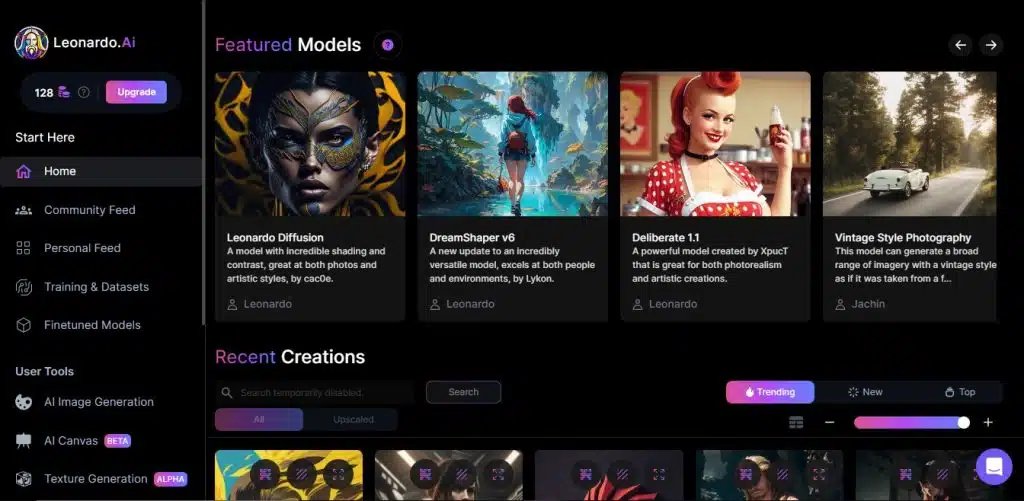
Prominent AI Image Generation Platforms
Midjourney: Midjourney, an independent research lab, stands at the forefront of pushing the boundaries of thought and expanding human imagination. With their text-to-image AI platform, Midjourney allows users to create images from natural language descriptions effortlessly. This self-funded team, comprising 11 full-time staff members and a distinguished group of advisors, remains dedicated to design, human infrastructure, and AI, driving the field forward through relentless innovation. Midjourney’s platform holds great promise for artists, designers, and creative professionals seeking to bring their ideas to life easily.
Leonardo: Leonardo is a text-to-image AI platform primarily focused on generating assets for video games, such as items, characters, maps, structures, and concept art. Leonardo equips game developers and designers with the tools they need to bring their creative visions to life by offering features like AI canvas, model finetuning, and image editing. With Leonardo, the game development process can become more efficient and dynamic, allowing for the rapid iteration and exploration of ideas.
DALL·E: Developed by OpenAI and based on their GPT-3 language model, DALL·E is a remarkable text-to-image AI model. It can generate images for any given text prompt, ranging from simple objects to complex scenes. Moreover, DALL·E allows users to modify various attributes of objects, such as shape, color, texture, or number, further expanding the possibilities of image creation. DALL·E’s versatility and flexibility make it a powerful tool for artists, designers, and storytellers looking to visualize their ideas with precision and detail.
Risks of AI Image Generation
Quality: Despite significant advancements, AI image generation still grapples with limitations concerning the quality and resolution of generated images. Some images may fall short of photorealistic standards or lack the required accuracy for certain applications. The presence of artifacts, distortions, or inconsistencies can also impact the images’ overall aesthetic appeal and usability. As the field progresses, researchers and developers continuously work to improve the quality of AI-generated images, striving for greater realism and fidelity.
Safety: Ethical and safety concerns surround AI image generation. Generated images may inadvertently contain harmful or offensive content, violating legal frameworks or societal norms. Privacy rights of individuals or groups depicted in these images may be compromised. Additionally, there is a risk of misuse or malicious manipulation of AI-generated images, necessitating responsible deployment and diligent oversight. Addressing these concerns requires robust content moderation systems, user education, and a proactive approach to mitigate potential risks.
Responsibility: The issue of responsibility and ownership arises in the context of AI image generation. Images may lack clear authorship or attribution, potentially affecting their credibility and value. Questions about intellectual property rights and copyright may emerge, influencing the distribution and monetization of these images. Establishing a robust framework that addresses these concerns is vital for the field to progress responsibly. Efforts are underway to develop standards and guidelines for attribution and ownership of AI-generated content to ensure fair and ethical practices.
READ: Text to Image AI: What It Is and How It Works
Conclusion
AI image generation is a remarkable technology that leverages advanced deep-learning models to create images from natural language descriptions or other inputs. It presents numerous opportunities for innovation, productivity, and accessibility in image creation. By utilizing platforms like Midjourney, Leonardo, and DALL·E, users can tap into the immense potential of AI image generation to bring their creative visions to life.
However, it is important to be aware of the risks associated with AI image generation, such as quality limitations, safety concerns, and questions of responsibility. Responsible and ethical deployment of AI image generation technology is crucial to mitigate these risks and ensure its positive impact on society. By addressing these challenges and leveraging the opportunities presented by AI image generation, we can shape a future where creativity flourishes across various domains, empowering individuals and transforming industries.


